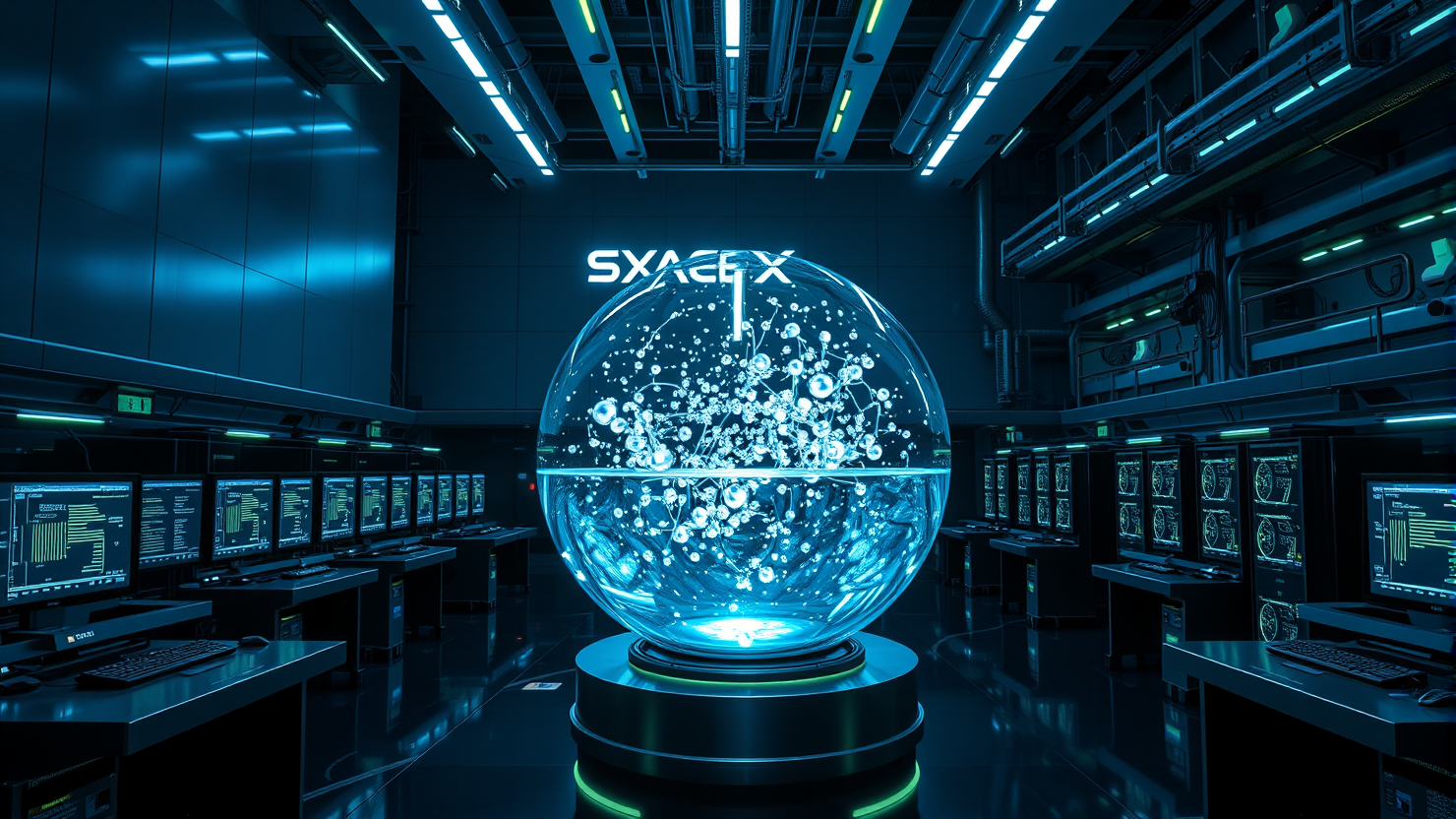Unleashing AI: Revolutionizing Data Protection through Continuous Compliance Monitoring (24/7)

In today’s digital landscape, data protection compliance has evolved from a periodic exercise to a continuous responsibility. With the emergence of increasingly complex cyber threats and the tightening of regulatory requirements, organizations can no longer rely solely on manual compliance monitoring methods. The advent of artificial intelligence (AI) presents a solution, offering capabilities for continuous oversight and real-time protection of sensitive data.
Traditional compliance monitoring practices are characterized by annual assessments and reactive responses to incidents. While this approach suffices in simpler regulatory environments, it falls short in addressing the intricacies of modern data protection. Regulatory frameworks such as the General Data Protection Regulation (GDPR), the Data Protection Act 2018, and emerging initiatives like the Digital Services Act demand ongoing adherence to stringent data handling protocols.
The shift towards continuous monitoring signifies a change in approach to compliance. Instead of periodic snapshots, businesses benefit from real-time visibility into their security posture. This transformation is driven by several factors: the escalating volume and velocity of data processing, the sophistication of cyber threats, and the evolution of regulatory expectations towards proactive rather than reactive compliance.
AI brings several advantages to compliance monitoring that human-led processes cannot match. Machine learning algorithms can process vast quantities of data in real-time, identifying patterns and anomalies that would be challenging for human analysts to detect manually. Systems can simultaneously monitor multiple data streams, user activities, and system behaviours across an organization’s entire digital infrastructure.
AI-powered monitoring systems excel at pattern recognition, learning from historical data to establish baselines of normal behaviour. When deviations occur – through unauthorized access attempts, unusual data transfers, or policy violations – they can immediately flag potential compliance breaches. This capability extends beyond simple rule-based detection; AI systems can identify subtle indicators that may suggest emerging compliance risks before they transform into actual violations.
AI systems can contextualize compliance events within broader organizational and regulatory frameworks. Rather than generating isolated alerts, intelligent monitoring platforms can assess the significance of events based on factors like data sensitivity, user roles, regulatory requirements, and potential business impact. Contextual awareness enables more targeted and effective compliance responses.
The speed of AI-powered monitoring represents its most significant advantage over traditional approaches. While manual compliance reviews might detect violations up to days or weeks after they occur, AI systems can identify and respond to potential breaches in seconds or minutes. This rapid response capability is critical to minimizing the impact of data protection incidents and ensuring swift remediation.
Real-time monitoring allows organizations to implement dynamic compliance controls that adapt to changing circumstances. For instance, if AI systems detect unusual data access patterns that suggest potential unauthorized activity, they can trigger additional authentication requirements or temporarily restrict access to sensitive resources. A proactive approach can prevent compliance violations before they occur, rather than documenting them after the fact.
The integration of AI with automated response mechanisms further enhances protection capabilities. When potential violations are detected, systems can automatically initiate predefined response protocols, such as isolating affected systems, notifying relevant personnel, or implementing emergency access controls. Automation helps ensure consistent and timely responses, regardless of when incidents occur or whether human operators are immediately available.
Modern organizations operate complex digital ecosystems that encompass cloud services, on-premises infrastructure, mobile devices, and third-party applications. AI-powered compliance monitoring can provide unified oversight in diverse environments, helping ensure consistent protection standards regardless of where data resides or how it is processed.
Cloud environments, in particular, benefit from AI-driven monitoring. The dynamic nature of cloud infrastructure – with resources being created, modified, and destroyed continuously – makes manual compliance oversight difficult. AI systems can track configuration changes, monitor data flows, and ensure that security controls remain properly configured as environments evolve. This capability is essential in maintaining compliance in cloud-centric business operations.
Additionally, AI can monitor compliance throughout the entire data lifecycle, from collection and processing to storage and deletion. By implementing a compliance automation platform like Thoropass, organizations can help ensure that data handling practices are consistent with regulatory requirements at each stage of processing. Comprehensive coverage helps organizations maintain demonstrable compliance even as data volumes and processing complexity continue to grow.
Beyond reactive monitoring, AI can provide predictive analytics that can identify potential compliance risks before they materialize. Analyzing historical patterns, user behaviors, and system configurations allows AI systems to predict scenarios that may lead to compliance violations. Predictive capability allows organizations to implement preventive measures and address vulnerabilities proactively.
Predictive analytics can also inform compliance strategy and resource allocation, enabling organizations to prioritize their security investments and compliance efforts based on areas of highest risk and predicted future compliance challenges. The strategic application of AI ensures that limited resources are directed towards the most dangerous areas of risk.
AI-powered monitoring systems perform well at generating comprehensive audit trails and compliance documentation. Systems can automatically collect, correlate, and present evidence of compliance activities in formats suitable for regulatory reporting. Such capability reduces the administrative burden associated with compliance documentation and helps ensure accuracy and completeness.
Automated reporting capabilities also enable more frequent and detailed compliance assessments. Rather than waiting for annual audits, organizations can generate real-time compliance reports that provide continuous visibility into their data protection posture. An ongoing assessment capability helps organizations identify and address compliance gaps more quickly, reducing the risk of regulatory violations.
The transition to AI-powered compliance monitoring represents a technological upgrade and signifies a shift towards more effective, efficient, and comprehensive data protection. As regulatory requirements evolve and cyber threats become more sophisticated, the ability to maintain continuous oversight of data protection compliance becomes not just advantageous, but essential. Organizations that adopt AI-driven capabilities position themselves to meet current compliance requirements and adapt successfully to tomorrow’s regulatory landscape.





